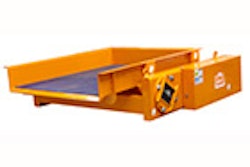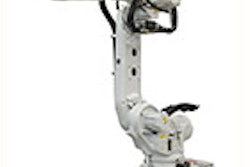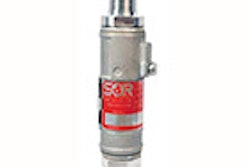Last month, Federal Signal, a designer and manufacturer of products and systems that aim to make emergency communications easier and more effective, released a survey outlining some of the major challenges that emergency preparedness professionals face daily, particularly in light of recent major natural events. In order to learn more about how these challenges are reflected within a manfuacturing company — both for incidents inside the company's four walls, such as a fire, and for natural events that could threaten a business — Manufacturing.Net got in touch with Ray White, Federal Signal’s director of Integrated Systems.
The survey has previously shown that the public simply isn’t aware of the importance of emergency preparedness? Is this reflected at all in a manufacturing setting?
Though the general public at large may not take the initiative to prepare for an emergency as seriously as they should, I do believe most people in the manufacturing industry take the consequences of an emergency seriously. Nevertheless, it is true that businesses are more inclined to be prepared and have the necessary assets in place to deal with a possible emergency, whether it is a natural disaster such as a tornado, or man-made event such as a fire, explosion or toxic gas leak.
Unlike the general public, businesses — particularly large industrial and manufacturing facilities — have more clearly mandated responsibilities and readily defined liabilities. This includes everything from government regulations and directives to compliance with insurance mandates and guidelines. Just as important, the need to be prepared is tied directly to issues that can adversely affect profitability. In other words, businesses generally have a vested interest in making sure they can cope quickly and effectively with events such as power outages or chemical spills in order to limit possible harm to personnel and damage to facilities, and get production back on stream as quickly as possible.
What is the communication barrier like in a more enclosed setting like a plant? With more older workers, are they going through the same problems as the regular public?
There are actually multiple barriers including cultural, environmental and technological, challenges that can affect timely and effective decision-making in a crisis situation. Among the most common cultural barriers are different languages spoken by people in the facility. There's also the challenge of dealing with the needs of the physically impaired, including employees with mobility or hearing disabilities. Among the environmental barriers that need to be addressed are the unique and possibly hazardous characteristics of the materials being used in the plant, as well as excessive noise levels on the plant floor.
While technology has played a major role in expanding the reach of emergency communications, there are also some drawbacks that have come to light over the past few years. This includes taking responsibility for making sure all employees are familiar with how to use technologies incorporated into an emergency communications plan. For instance, while younger employees may be comfortable with communicating via text message, that may not be the case with older employees. There is also the need to assure that there is adequate bandwidth available to deal with a sudden and overwhelming increase in phone traffic that would accompany an emergency situation. Consequently, it becomes critical to have contingency plans and assets in place in the event of a network or phone system crash or a complete power outage.























